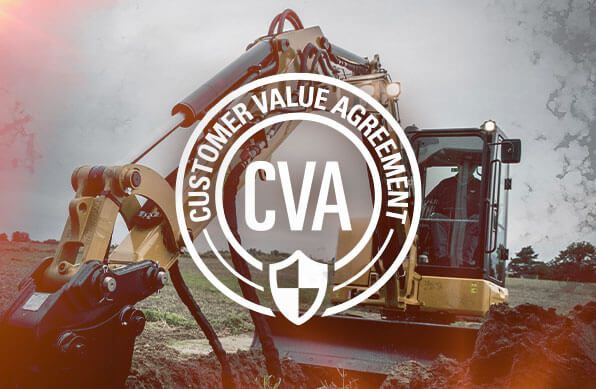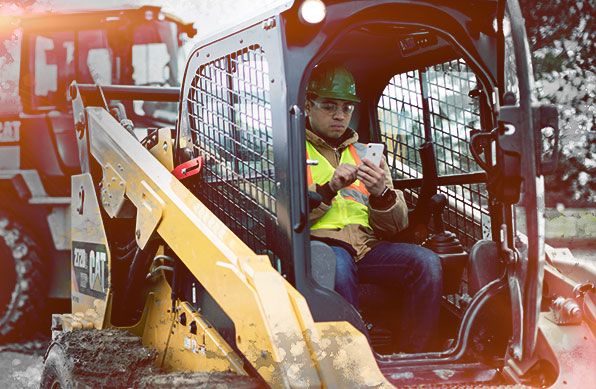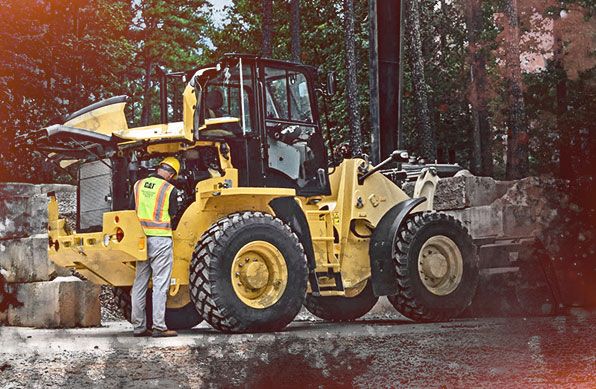TIP ANGLE
Proper use of the moldboard tip on your motor grader can increase your machine productivity and cutting edge life and help prevent machine damage. The top of the moldboard can be tipped ahead of or behind the cutting edge. This helps position the cutting edge at its proper angle to obtain the desired cutting and rolling action on the material. Maintaining a rolling action on the material while working will reduce horsepower required and provide maximum productivity. Tipping the moldboard forward is useful when cutting hard material or performing light finishing work.
After cutting into the material, the blade should be tipped backward to create a rolling action in the material being graded. Tipping the moldboard backward creates a lift and throw action, which is useful when spreading material.














